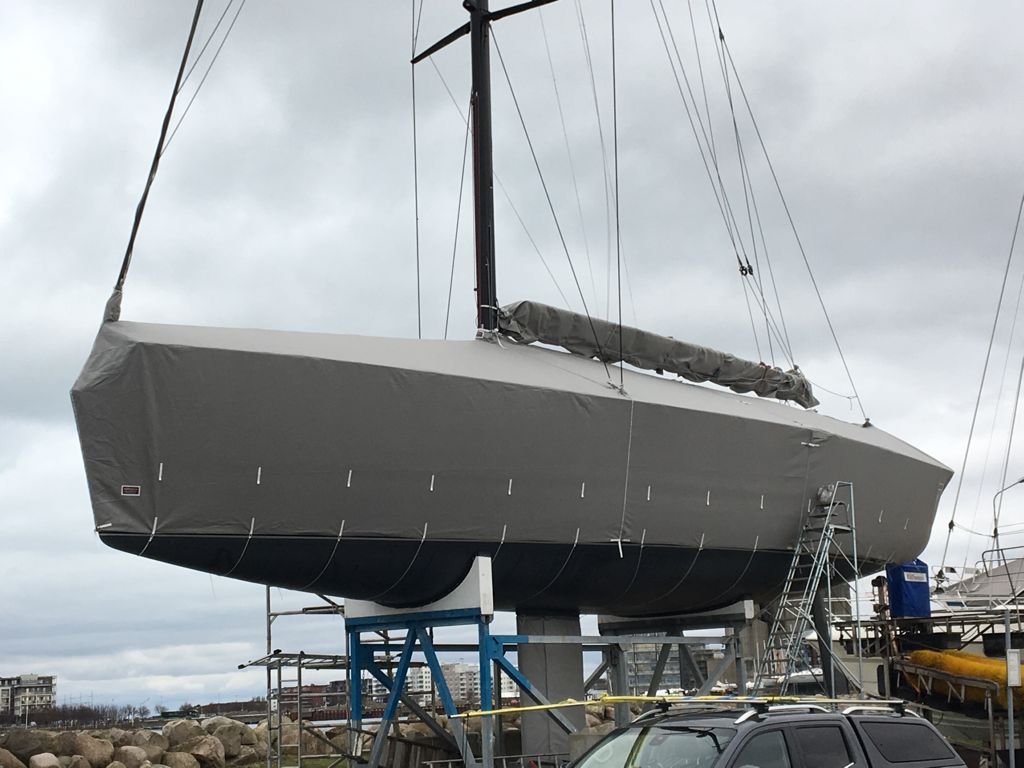The first important question boat owners should ask themselves is whether to keep their boat in the water during the winter or to store it on land outdoors or indoors. More and more people are choosing to leave their boat in the water during the winter, partly as a result of our warmer climate with less chance of the water freezing. Many also choose to move the boat to another port that is better suited to the winter season, for example with good throughput, which reduces the risk of ice cover. As the boats in our waters become newer, the need to land the boat during the winter to dry the hull also decreases. Newer variants do not have the same need.
For sailboats, the next question is whether or not to leave the rig on. This is usually dependent on the possibilities in your home port. Not all ports have the opportunity to lift boats with the rigging left on and sometimes it is not suitable, for example in some places on the west coast where the fall storms can cause problems.
What materials should be used for winterizing a boat?
Classic tarpaulin or slightly more expensive plastic variants can often be found in different sizes at a ship's store or in other regular stores. However, what really matters is where the boat is located during the winter. The more snow, the more important it is to have a durable material that can withstand greater weights. In the south, where winters are now rarely covered by large amounts of snow, there are other options.
How best to cover your boat for winter?
Our opinion is that it is clearly best to cover the entire boat as much as possible. This is simply to keep as much dirt out as possible and thus make spring cleaning a little easier. The more you cover the boat, the greater the need to use the right materials that resist wind in particular. It is also important to try to get the material you use to fit tightly against the hull along the freeboards, but also to minimize gaps where the wind can get under the tarpaulin and cause great damage at high wind speeds. At the same time, you should not close it up completely as some airflow is required to keep moisture out.
How can I avoid all these problems?
If you are using a dense material, such as classic tarpaulin or plastic, you should put the cover on as tightly as you can. Try to cover the entire freeboard and secure it with a tamp under the boat. Also make reinforcements with e.g. duct tape at the eyelets.
Winter cover from Kapell & Annat
Our Winter Cover are made to help you as a boat owner avoid problems during the winter and focus on the fun part - waiting for the next season. Because your Winter Cover is made to measure, it automatically lies right against the boat and a Winter Cover in fiber text also has breathable properties that minimize the risk of moisture and mold. Right now we are expanding the range of Winter Cover on rig to series-produced boats. We are also looking at the possibility of an option with hull sides for those who alternate between having the boat on land and in the water during the winter. The template range for Custom Made solutions on Winter Cover will also be gradually expanded.

